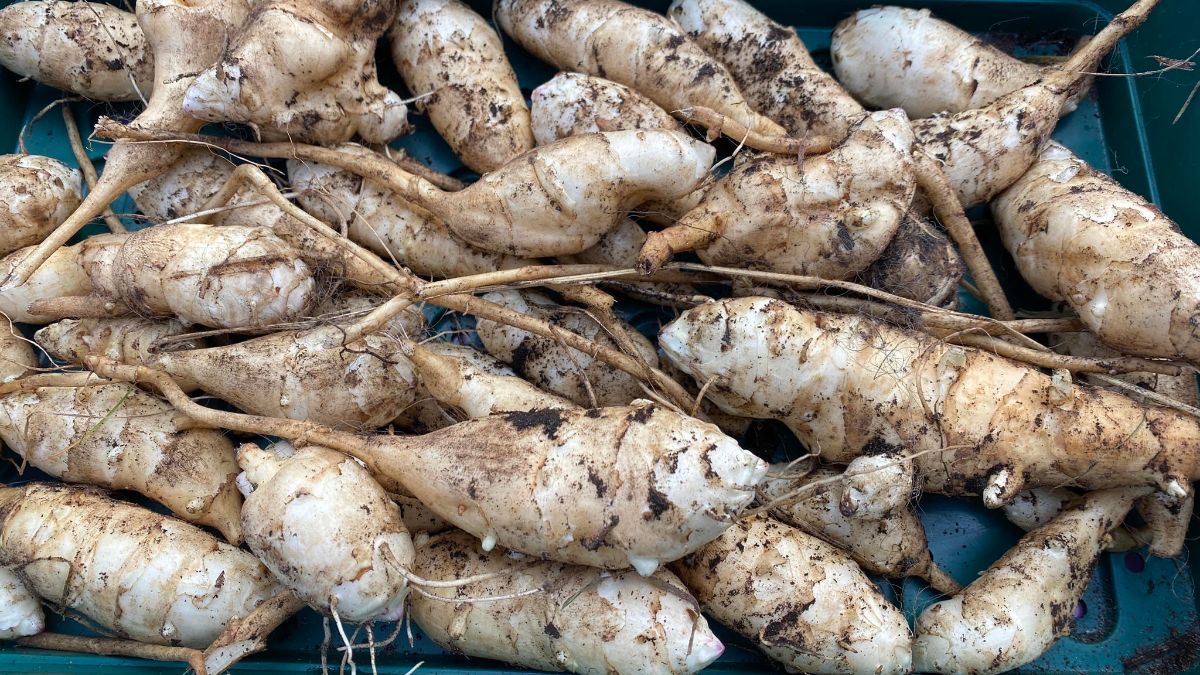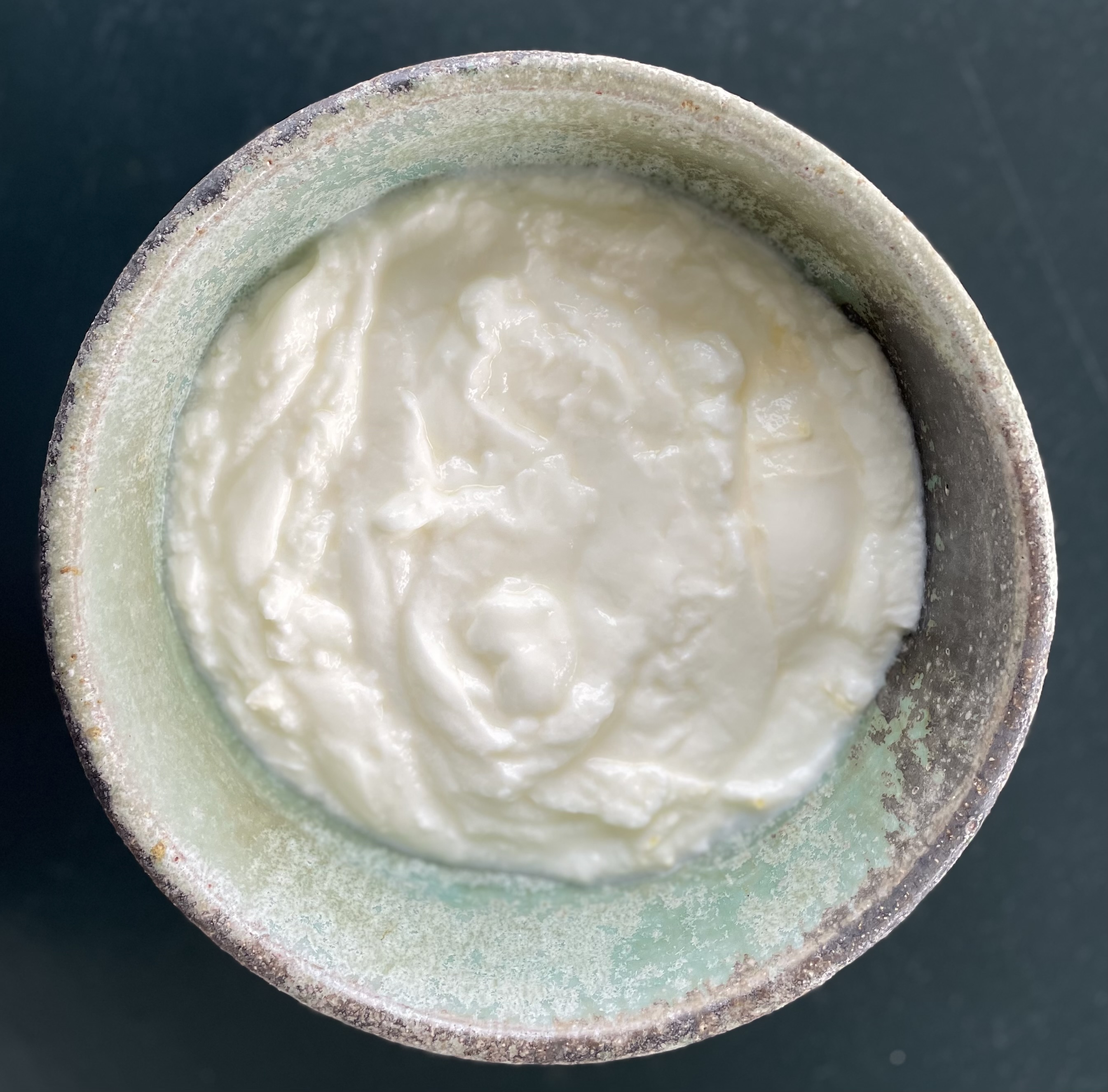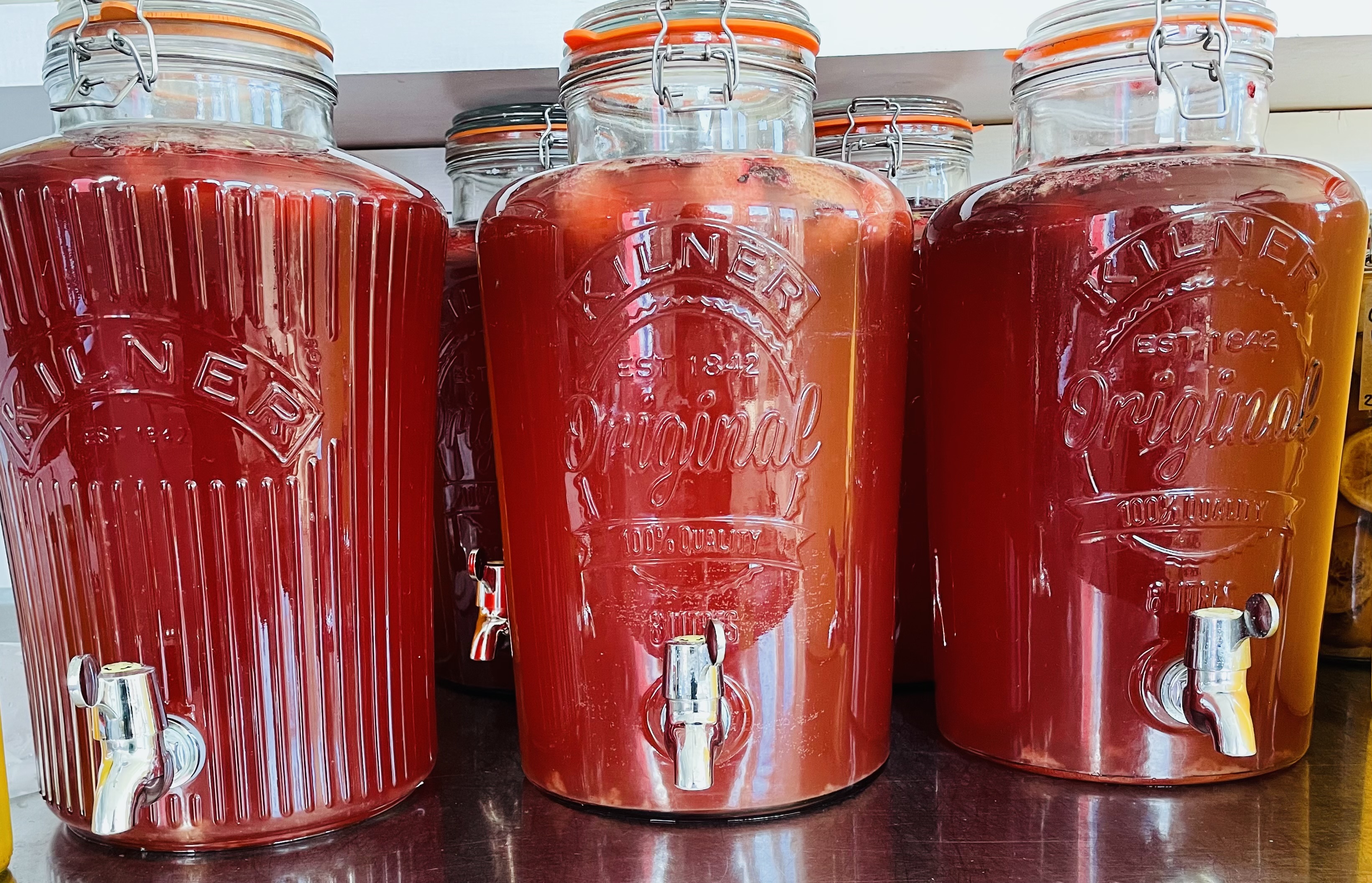THE DARINA ALLEN COLUMN - System Reboot!
As we come out of the long winter months, many of us have had conditions that required antibiotic treatment – but how many of us think afterwards about repairing the collateral damage that antibiotics cause? What’s needed is a system reboot to get the good microbes working again says Darina, who has long been a champion of boosting the gut biome with natural foods. Here she explains why microbes matter to our health and wellbeing – and shares some simple recipes that our guts will love.
 A recent encounter with antibiotics set me thinking about the best way to replenish the gut biome with oodles of good microbes after a course of antibiotics. In their quest to kill off all the pathogenic bacteria, many of the beneficial as well as the harmful microbes are extinguished, that's just the way it is.
A recent encounter with antibiotics set me thinking about the best way to replenish the gut biome with oodles of good microbes after a course of antibiotics. In their quest to kill off all the pathogenic bacteria, many of the beneficial as well as the harmful microbes are extinguished, that's just the way it is.
From a growing body of research, we all know how important it is to maintain a healthy gut biome and not just for physical, but also for our mental health. Good bacteria don't just facilitate digestion but also help to keep harmful bacteria in check so it's vital to be proactive and rebuild the gut biome as soon as possible. It's worth knowing that it can take several weeks, even months to restore gut health after a course of antibiotics.
So how best to go about it? For me as a non-medic there are just two P words to remember - probiotics and prebiotics.
PROBIOTICS are foods (or supplements) containing live microorganisms, principally lactobacillus, bifidobacterium (healthy bacteria) and saccharomyces boulardii (a type of yeast). Probiotics have a beneficial influence on the immune system.
PREBIOTICS come from high fibre foods, fruit, vegetables, nuts, seeds, beans. They provide nourishment for good bacteria in the gut, help to restore gut flora and slow down the growth of harmful bacteria.
Then there are FERMENTED FOODS like yoghurt, natural cheese, sauerkraut, kimchi, kombucha and particularly milk kefir, that are also brilliant to restore a healthy gut biome. Make your own for extra complexity, see how easy it is to make your own ferments and yoghurt, but do use organic ingredients when possible.
I'm also a big fan of BONE BROTH, it's all about collagen to strengthen the gut lining. It also helps to rebuild the intestinal barrier, repair connective tissue and the intestinal wall, particularly relevant for those with diverticulitis. Apparently 65% of people over 60 have the condition though some are not bothered by it. Lots of rest, keep stress to the minimum and get as much really good sleep as you possibly can.
So here's my not altogether comprehensive list of nourishing foods to put the pep back into our step...
Probiotics include pure natural organic yoghurt, raw milk kefir and raw milk from a small organic dairy herd (your choice). Fermented products are mentioned above, also miso, real cheese, fresh fish, avocados, garlic, Jerusalem artichokes, the highest inulin content of any vegetable, a superstar for building back diversity in the gut, Winter greens and turmeric, bananas - lots there to keep you sated.
Here's to a happy, healthy and delicious spring and summer...
 Roast Jerusalem Artichokes (Slices)
Roast Jerusalem Artichokes (Slices)
Jerusalem artichokes are superstars for reintroducing beneficial bacteria into the gut. They have the highest insulin content of any vegetable; Jerusalem Artichoke soup is delicious, but this is also a totally brilliant way to cook Jerusalem artichokes. Great as a vegetable accompaniment of course, but also super delicious in warm salads, starters or with any meat, particularly poultry and game such as goose, duck, pheasant...
Serves 4 to 6
Ingredients
450g Jerusalem artichokes, well-scrubbed
2 tbsp extra virgin olive oil
salt and freshly ground pepper
a few rosemary or thyme sprigs, optional
Method
Preheat the oven to 220°C/Gas Mark 7.
Slice the well-scrubbed artichokes into 7mm rounds or lengthwise. Toss the Jerusalem artichokes with the extra virgin olive oil. Season well with salt and freshly ground black pepper. Arrange in a single layer on silicone paper on a roasting tin. Roast for 10 minutes or until golden on one side then flip over and cook on the other side until nicely caramelised. Test with the tip of a knife - they should be tender. One could sprinkle with a little thyme or rosemary, but they are perfectly delicious without any further embellishment. Season with freshly ground pepper and serve.
 Homemade Yoghurt
Homemade Yoghurt
It is so simple to make your own yoghurt - the higher the quality of the milk, the better the end result will be. We use organic Jersey milk and equivalent ingredients where possible.
Ingredients
600ml fresh milk
2-3 tsp live natural yoghurt
Method
Heat the milk to 90°C in a heavy bottomed saucepan. Allow to cool to 42°C. Gently whisk in the yogurt. Leave in the saucepan or pour into a deep terracotta bowl, cover and put into a warm draught-free place until set. This usually takes about 14 hours. The cooler the temperature, the longer the yogurt will take to set, but too high a temperature (over 50°C) will kill the bacillus and the yogurt will not form, 43-44°C is the ideal temperature.
Yoghurt can be set in a warm airing cupboard or boiler room, a vacuum flask with a wide neck or an insulated ice bucket.
To keep the yoghurt warm, an earthenware pot with a lid, wrapped up in a warm blanket, put close to a radiator will also do the job. The simple aim is to provide steady even warmth to allow the bacillus to grow. Remember to keep back 2 tablespoons of your bowl of yoghurt as the starter of the next lot.
Ayran
On a trip to Turkey, I came across Ayran - a drinking yoghurt which is not only brilliantly healthy but becomes addictive (in a nice way). It's almost a national drink in Turkey and is an excellent way to build up a healthy gut flora.
To make it, simply dilute best quality natural yoghurt with cold iced water, approximately one third water to yoghurt depending on quality and thickness of the original, it should have a frothy top - it's best to whisk in the water.
 Penny's Kombucha, from the Ballymaloe Fermentation Shed
Penny's Kombucha, from the Ballymaloe Fermentation Shed
Kombucha is a fermented drink made from sweet tea. It is said to have many health benefits when consumed regularly. It's super easy to make, so don't be intimidated by unfamiliar terms like scoby. Link in with your local fermentation hub to source a scoby and kombucha to get going – there are various active groups on Facebook and Instagram. The following websites are also worth checking out:
www.allaboutkombucha.ie
www.kefirgrains.ie
Ingredients
750ml boiling water
2 tsp loose leaf tea or 2 tea bags (green, white or black - organic is best)
150g organic caster sugar
1.25 litres dechlorinated water
250ml Kombucha
1 Kombucha SCOBY (Symbiotic Colony of Bacteria and Yeast)
Equipment - 3 litre Kilner jar or large Pyrex bowl or similar. Measuring jug
*NB - don't use a metal container when brewing kombucha
Method
Pour the cold water into the Kilner jar.
Make the tea with 750ml of boiling water in a teapot or bowl. Let this sit for a few minutes to infuse. Add the caster sugar and stir to dissolve. Strain the sweet tea into the cold water in the jar.
The temperature of the sweetened tea should now be tepid and you should have just over 2 litres of liquid.
Add 250ml of Kombucha and the Scoby.
Cover the jar or bowl with a clean cloth tied around with string or an elastic band. Don't be tempted to put a lid on it because the Kombucha Scoby needs air to thrive.
Put in a warmish place for 10-14 days. It should be out of direct sunlight and somewhere it won't have to be moved. Taste after 10 days and decide if it's to your liking and if not, leave a little longer - the taste you are looking for is a pleasing balance between sweet and sour.
Bottling
Lift off the Scoby (which looks like a jelly) and put it in a bowl with 250ml of your just brewed Kombucha and cover this with a plate or bowl while you bottle the rest.
Pour the brewed Kombucha into bottles through a funnel (makes 2 x 1 litre bottles), or into another large Kilner jar. You can then store this in the fridge and enjoy as it is, or you can do a second ferment to add flavour and extra nutritional benefits!
Second Fermentation
To each bottle you can add a handful of any of the following:
• fresh or frozen (defrosted) raspberries.
• fresh or frozen (defrosted) strawberries and 1 tsp raw cacao
• ½ apple and a small beetroot chopped
• 1 ripe peach sliced
Let this sit for 24-48 hours at room temperature with a lid on, and then strain out the fruit (or vegetables) and bottle. Store in the fridge and enjoy. Delicious!
SEASONAL TIPS
Build Your Own Mobile Chicken Coup, 23-24th March 2024
As part of the Common Knowledge Farming Pilot Project in Co. Clare which is situated in The Burren and Cliffs of Moher Global Geopark, Zack Halliday is introducing more chickens to their land using a mobile chicken coop (aka chickshaw) and they want to share the process via their 'DIY Chickshaw' course. Whether you have a modest backyard or a sprawling farm, this course will equip you to welcome these feathered friends into your life. You'll learn how to build a mobile chicken coop capable of housing from 1-20 chickens. Alongside the practical building skills involved in making a chickshaw, you will also learn all the essential knowledge about keeping your own chickens. For more information, see www.ourcommonknowledge.org
Craicly Stories, 20th April 2024
Don's miss Craicly Stories taking place Salterbridge House in Cappoquin on 20th April 2024 as part of the West Waterford Festival of Food, celebrating local producers including Justin Green of Bertha's Revenge Gin from Ballyvolane House in Castlelyons. For more information, see www.craiclystories.com





There are currently no comments
Leave a comment
Not a member? Register for your free membership now!
Or leave a comment by logging in with: